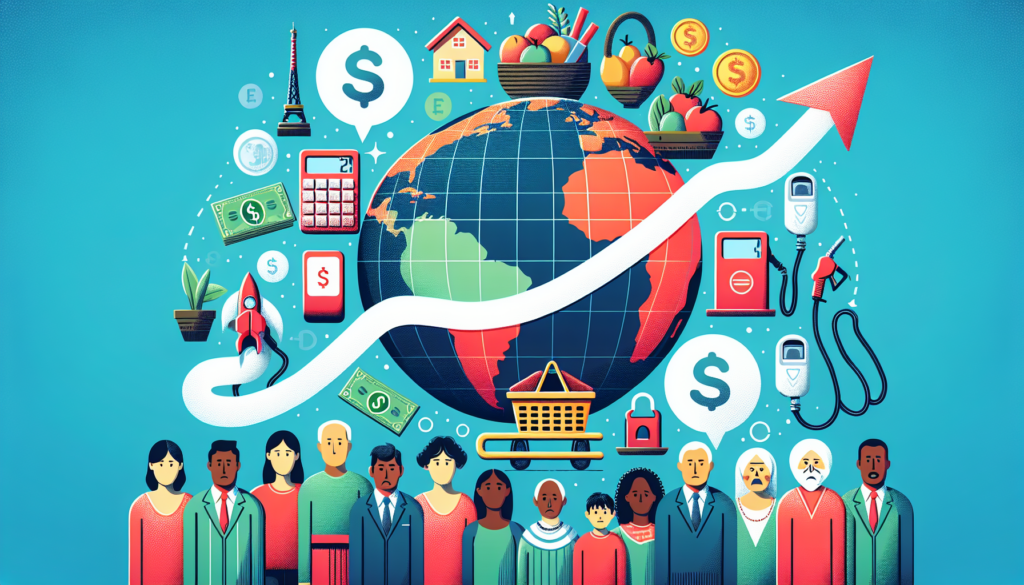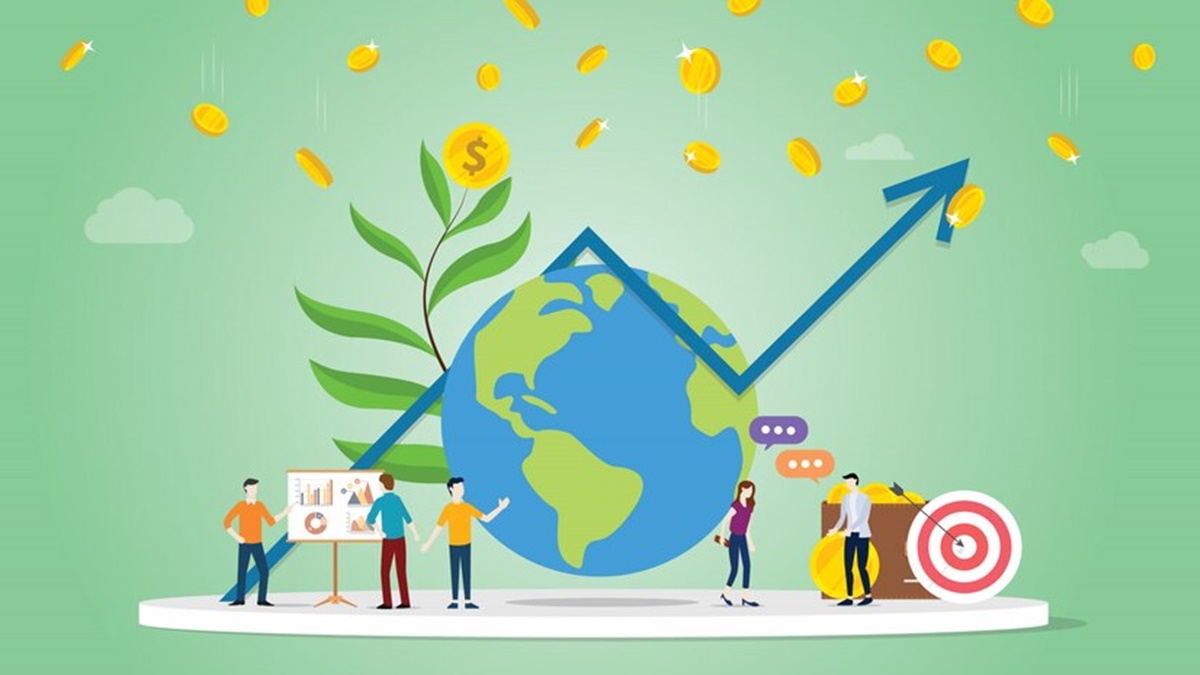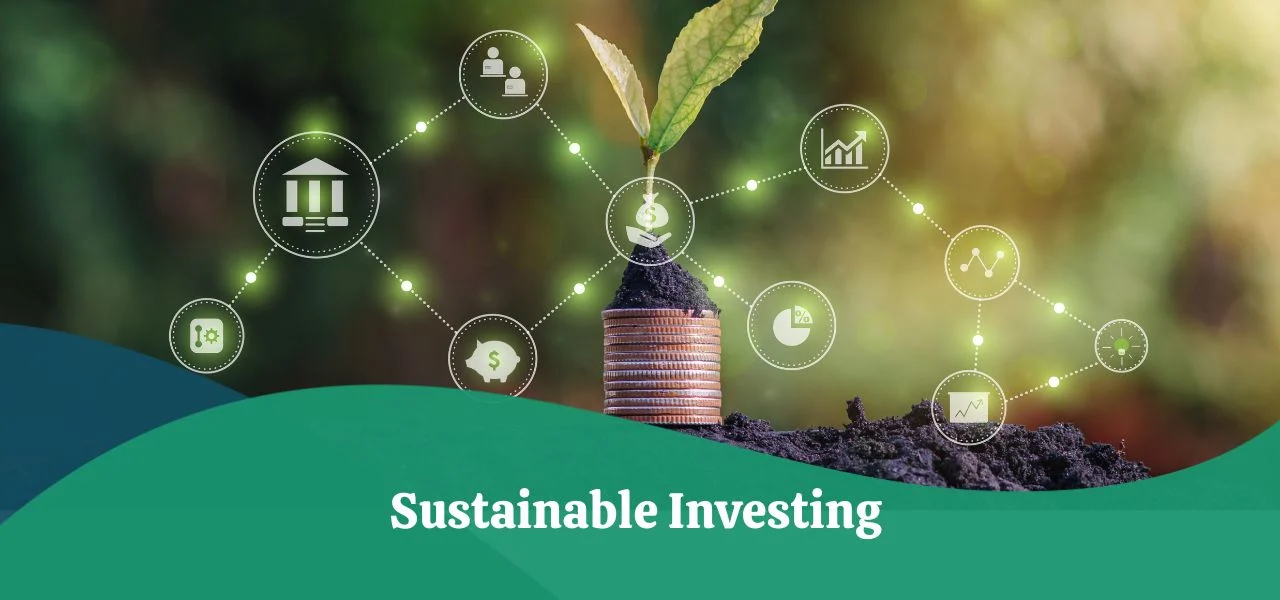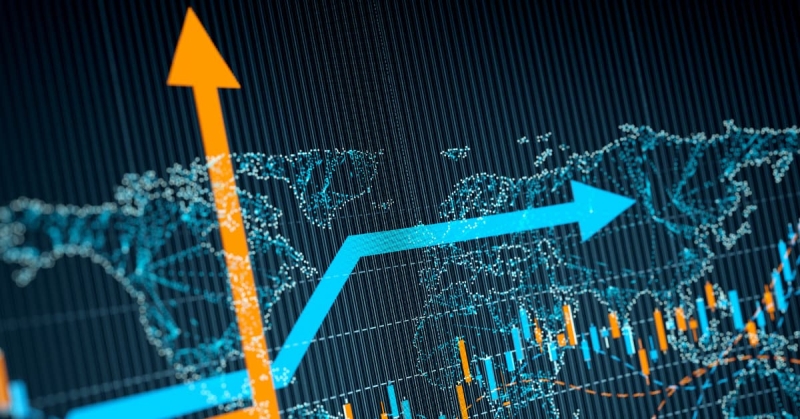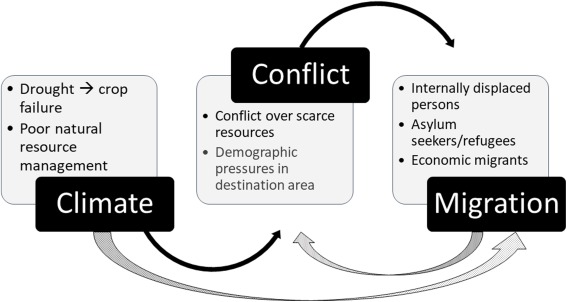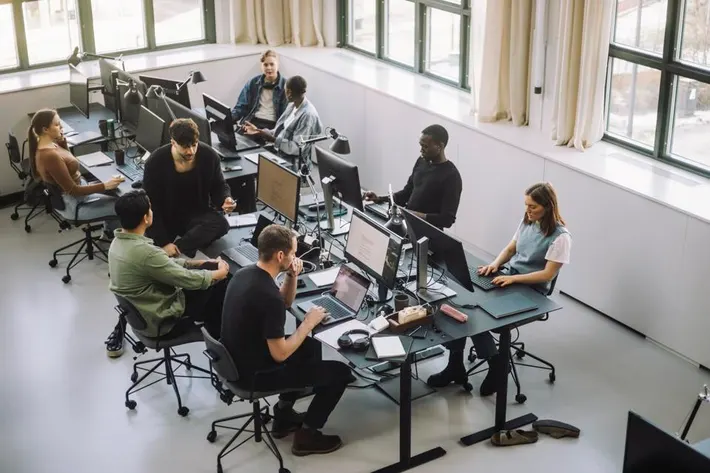From supermarket aisles in Europe to gas stations in Africa, the cost of living is climbing—and families around the world are feeling the pressure. Global inflation, once a technical economic term, has now become a daily reality for billions of people. But what’s driving these rising prices, and how is it changing everyday life?
A Worldwide Phenomenon
Inflation occurs when the prices of goods and services rise, reducing the purchasing power of money. While moderate inflation is normal in any growing economy, the recent surge is anything but ordinary. Triggered by a perfect storm of supply chain disruptions, energy shocks, labor shortages, and geopolitical tensions, inflation has swept across borders.
In the United States, inflation hit levels not seen in four decades. In Europe, energy costs have soared in the wake of the Russia-Ukraine conflict. In parts of Africa, food prices have skyrocketed due to droughts and global grain shortages. Even in traditionally stable economies like Japan or Switzerland, price hikes are making headlines.
What It Means for Daily Life
For most people, inflation shows up in the smallest yet most essential ways:
- Groceries: From bread to cooking oil, the price of food has climbed steeply. In many countries, staples like rice, wheat, and eggs have become noticeably more expensive.
- Fuel & Transportation: Rising oil prices have pushed up the cost of gas and diesel, making commuting and shipping more expensive. This ripple effect spreads to nearly every product that needs to be transported.
- Housing: Rent and mortgage rates are increasing in many urban areas, making it harder for families to keep up with housing costs.
- Healthcare & Education: In countries where these services are privately funded, inflation has made basic needs even less accessible for lower-income families.
Different Countries, Different Realities
While inflation is global, its impact varies widely by region:
- In developed nations, central banks like the U.S. Federal Reserve and the European Central Bank have raised interest rates to cool spending. This makes loans, mortgages, and credit more expensive—but can also slow down inflation over time.
- In developing countries, rising prices are hitting the most vulnerable hardest. With limited government support and weaker currencies, families often face impossible choices between food, fuel, and healthcare.
- In crisis-hit countries like Argentina or Lebanon, hyperinflation is eroding savings and wiping out the value of local currencies, forcing people to rely on the U.S. dollar or barter systems to survive.
What’s Being Done?
Governments and central banks are responding with a mix of strategies:
- Raising interest rates to slow inflation, though this can also cool down job growth.
- Subsidizing essentials like fuel or grain to ease the burden on households.
- Investing in local agriculture and energy production to reduce dependence on imports.
But inflation is tricky. Policies that work in one country may not in another, and there’s often a delicate balance between stabilizing prices and maintaining economic growth.
Looking Ahead
While some forecasts suggest inflation may begin to ease in certain regions, others warn it could remain stubborn—especially if energy markets remain volatile or climate change continues to disrupt agriculture.
One thing is clear: global inflation isn’t just an economic issue—it’s a human one. It’s changing how people shop, save, travel, and plan for the future. As leaders work toward solutions, millions of families continue to stretch their budgets and adapt to a more expensive world.
